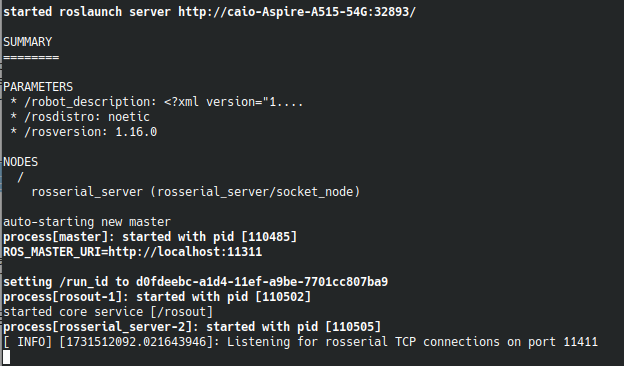HeRo
HeRo
This project contributes to an open source ROS-based framework for swarm robotics. We propose an low cost, high availability swarm system that could be printed and assembled multiple times without special knowledge or hardware skills.
Main Page: https://verlab.github.io/hero_common/ros/
GitHub: https://github.com/verlab/hero_common/
HeRo ROS Tutorial
In this tutorial, we will create a new script to navigate the HeRo and utilize its sensors to avoid obstacles. To follow along, you must have ROS installed; for this tutorial, I will be using ROS Noetic.
The HeRo main page already has excellent tutorials for setting up the HeRo. You can follow the steps here:
Alternatively, you can follow this tutorial, which will focus primarily on the ROS setup and development aspects. For the purposes of this tutorial, we will configure HeRo as we would with any other ROS package
Set up ROS Workspace
Create a new ROS workspace. Notice you can use catkin build or catkin_make commands, choose one.
mkdir -p ~ ws_hero/src cd ws_hero catkin build
Download the package to ws_hero/src and build it from source. This is common to do for installing ROS packages.
cd ~/ws_hero/src git clone https://github.com/verlab/hero_common.git cd .. rosdep install --from-paths src/hero_common --ignore-src -r -y catkin build source devel/setup.bash
If you encounter issues in later steps, you may need to select the repository branch of your ROS distribution, see HeRo Installation Guide. You also may need to install the NVIDIA Container Toolkit. To test if the package is correctly installed, try launch the bringup:
roslaunch hero_bringup hero_bringup.launch
Because we haven't set the HeRo, it will just search for TCP connections and we will not be able to do anything, but the launch will be succesfull. If everything was set up correctly the following result should appear in the terminal

